Mammal watching in the USA is an exciting adventure for everyone. You get to see magnificent animals like bears and bison in their natural habitats.
This activity is more than just fun; it teaches us about the importance of nature and why we need to protect it.
Across the country, there are special places known for mammal watching. Each location offers a unique experience with different animals to observe.
When you watch these animals, your love for nature grows. It’s crucial to watch them responsibly.
This means keeping a safe distance, not feeding them, and leaving no trash behind. Our list includes top parks and reserves where you can safely observe these creatures.
Get ready to learn about the best mammal watching destinations in the USA. Each destination has unique wildlife and beautiful landscapes for you to explore.
1. Yellowstone National Park, Wyoming
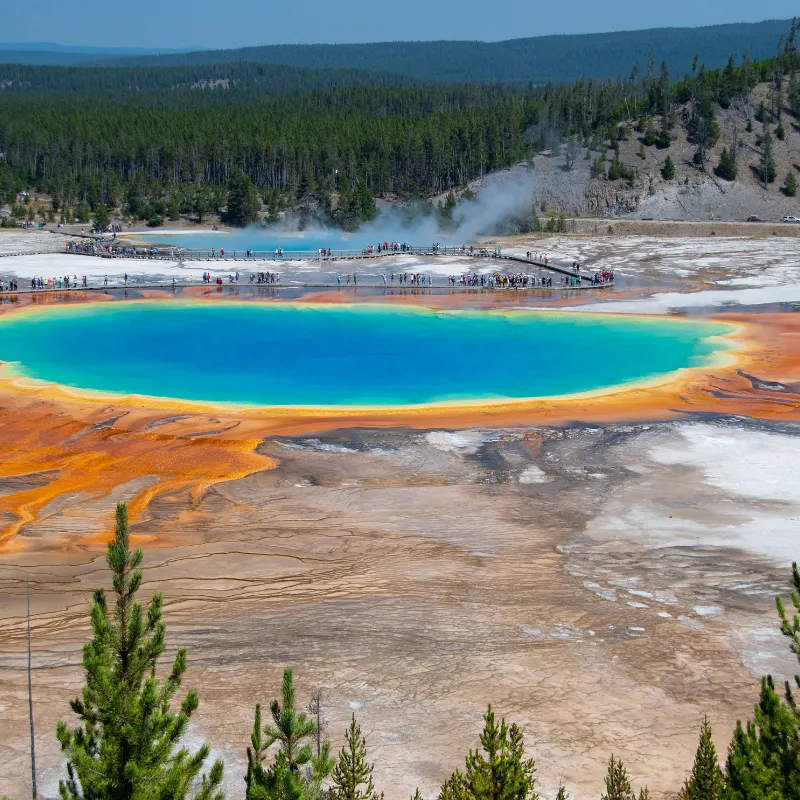
Yellowstone National Park is the first national park in the USA and the world, established in 1872. It spans over two million acres across Wyoming, Montana, and Idaho.
This vast park is a sanctuary for numerous species of mammals, making it a fantastic destination for mammal viewing in the USA. Visitors can encounter majestic creatures like bears, bison, and wolves roaming freely in their natural environment.
The park’s rich history and diverse ecosystems make every visit memorable and educational.
Famous For:
Yellowstone is renowned for its significant populations of bears, bison, and wolves. These animals are commonly sighted by visitors, offering thrilling encounters. Always watch from a safe distance to ensure the well-being of both wildlife and spectators.
Best Time to Visit and Tips for Wildlife Watching
Spring and early fall are ideal times to visit Yellowstone for mammal watching, as animals are more active during these seasons. To enhance your experience and maintain safety, bring binoculars, stay on marked trails, and secure your food.
Early morning or late afternoon visits are best for spotting wildlife, as these are their most active times.
2. Denali National Park, Alaska
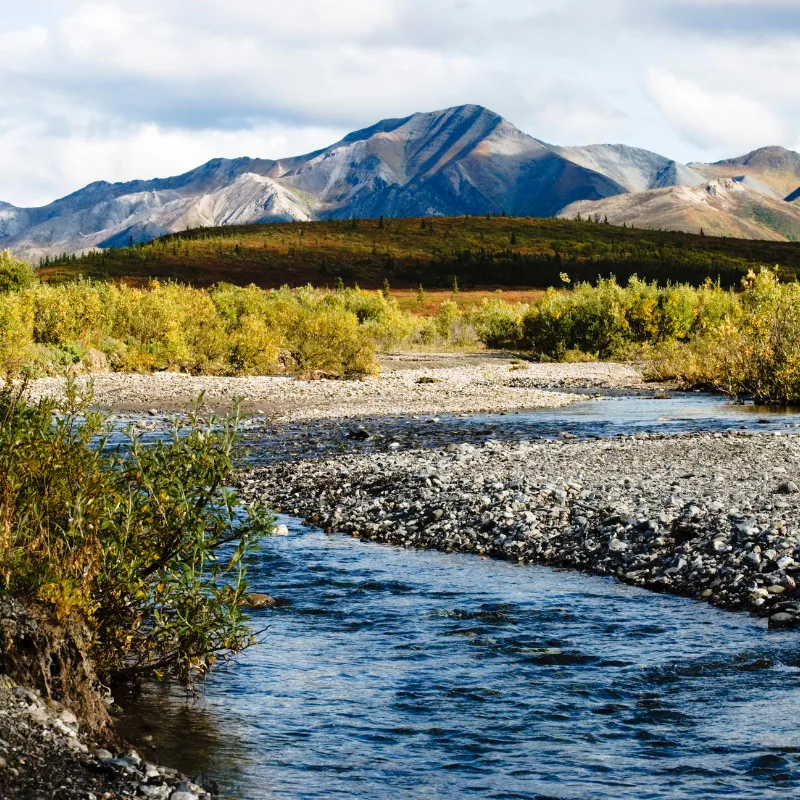
Denali National Park, Alaska is a breathtaking wilderness spread over six million acres. It is home to North America’s tallest peak, Denali, formerly known as Mount McKinley.
This park offers one of the best mammal watching experiences in the USA, with its vast landscapes serving as a backdrop to the wildlife. Visitors come to see the iconic grizzly bears and roaming caribou, along with wolves and moose.
Famous For:
Denali is a haven for grizzly bears and caribou, which thrive in its expansive, untouched wilderness. The park’s open terrain provides excellent opportunities for sightings, giving visitors a glimpse into the lives of these majestic animals.
Viewing Strategies and Visitor Safety Tips
The best way to see wildlife in Denali is by taking a bus tour, as private vehicles are limited in the park. These tours allow you to explore safely and comfortably with expert guidance.
For the best viewing, visit during late spring and summer when animals are more visible. Always keep a safe distance from wildlife, use binoculars for closer looks, and follow all park rules to protect both yourself and the natural environment.
3. Great Smoky Mountains National Park, Tennessee/North Carolina

Great Smoky Mountains National Park stretches across Tennessee and North Carolina and is the most visited national park in the USA. It features fog-enshrouded mountains and lush, biodiverse forests that are ideal for wildlife watching.
The park is particularly renowned for its black bear population, offering visitors a rare opportunity to observe these majestic creatures in their natural habitat.
With its rich biodiversity and accessible viewing areas, the park provides an unforgettable experience for all who come to explore its scenic beauty and encounter its wildlife.
Famous For:
The park supports a substantial population of black bears. Observing these animals is a memorable experience for many who visit.
Trails and Areas with the Highest Bear Sighting Rates
Cades Cove and Cataloochee Valley are premier spots for bear sightings. Trails like Abrams Falls and Laurel Falls also offer good chances to see bears, especially early in the morning or late in the evening.
Always maintain a safe distance and follow park guidelines to ensure a safe visit for yourself and the bears.
4. Everglades National Park, Florida
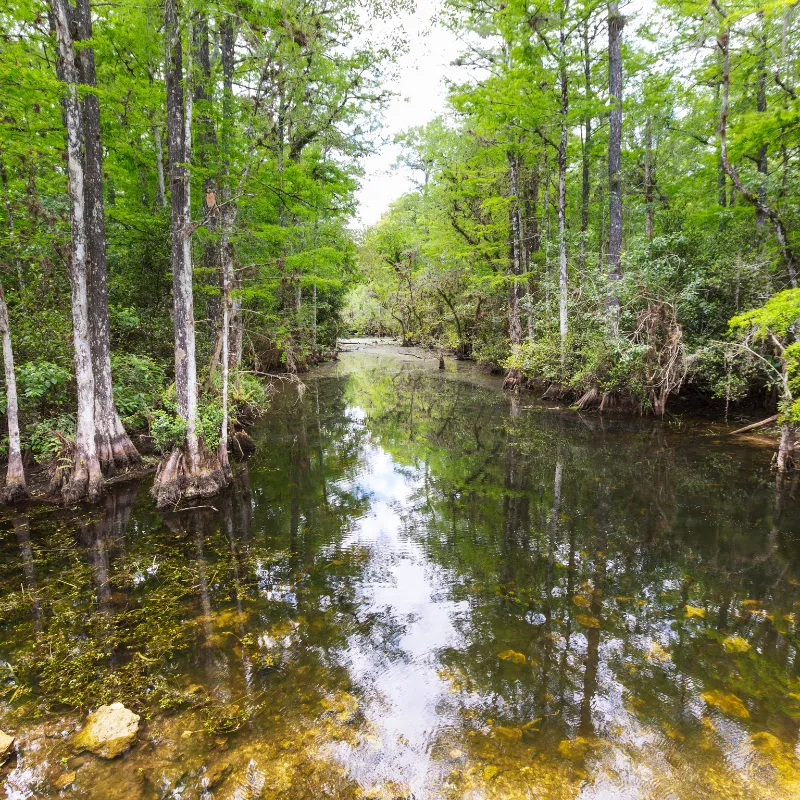
Everglades National Park, Florida spans across the southern tip of Florida and is a vast network of wetlands and forests.
It’s a unique ecosystem unlike any other in the USA, making it a critical habitat for numerous species, including the elusive Florida panther.
This park offers visitors a chance to explore a diverse landscape that includes marshes, mangroves, and pine flatwoods.
Famous For:
Everglades is one of the few places where you can possibly spot a Florida panther in the wild. These panthers are very rare, so seeing one is a special treat.
How to Explore Safely and Responsibly
Exploring the Everglades requires preparation and respect for the environment. Stay on designated paths to protect native habitats. Use guided tours to learn about the park safely and informatively.
Always carry water, use sun protection, and be prepared for mosquitoes. Keep a safe distance from wildlife, especially from larger animals like alligators.
5. Yosemite National Park, California
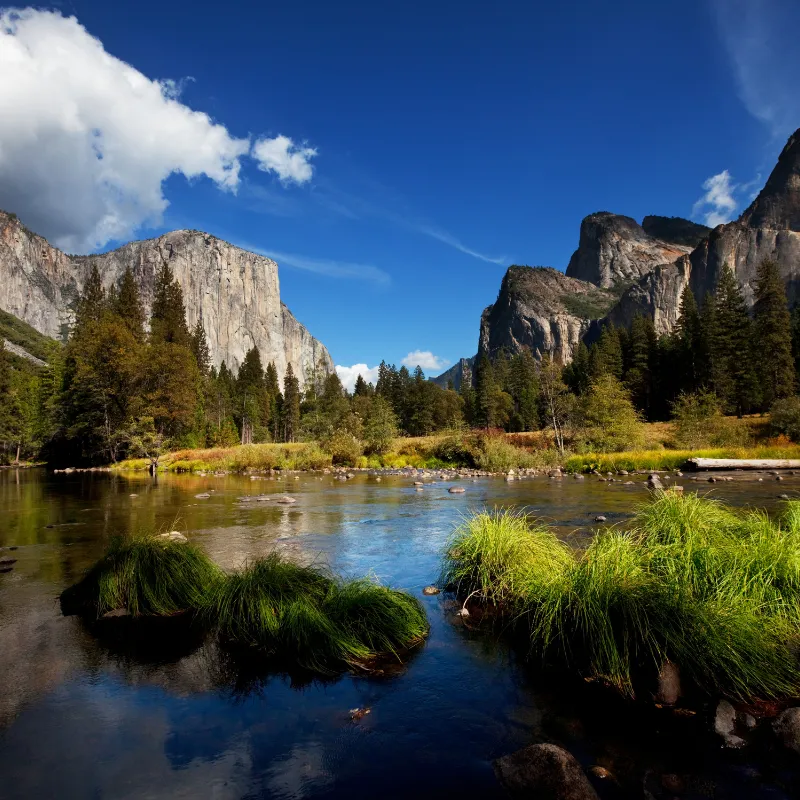
Yosemite National Park, California covers nearly 1,200 square miles of mountainous scenery and is celebrated for its stunning cliffs, waterfalls, and giant sequoias. This park is also a habitat for numerous wildlife species, including the iconic black bears, making it a top destination for mammal watching in the USA.
Famous For:
Yosemite is home to a healthy population of black bears. Visitors often have the chance to observe these bears in their natural settings, which is both exciting and educational.
Advice on Bear-Proofing your Campsite and Best Viewing Areas
When camping in Yosemite, it’s crucial to bear-proof your site to avoid attracting bears with food smells. Use bear-proof storage boxes, which are available at all campgrounds.
Keep all food, toiletries, and trash securely stored. For bear watching, the areas around Yosemite Valley and along the Tioga Road provide good opportunities. Early morning and dusk are typically the best times to see bears as they are more active during these periods.
6. Custer State Park, South Dakota
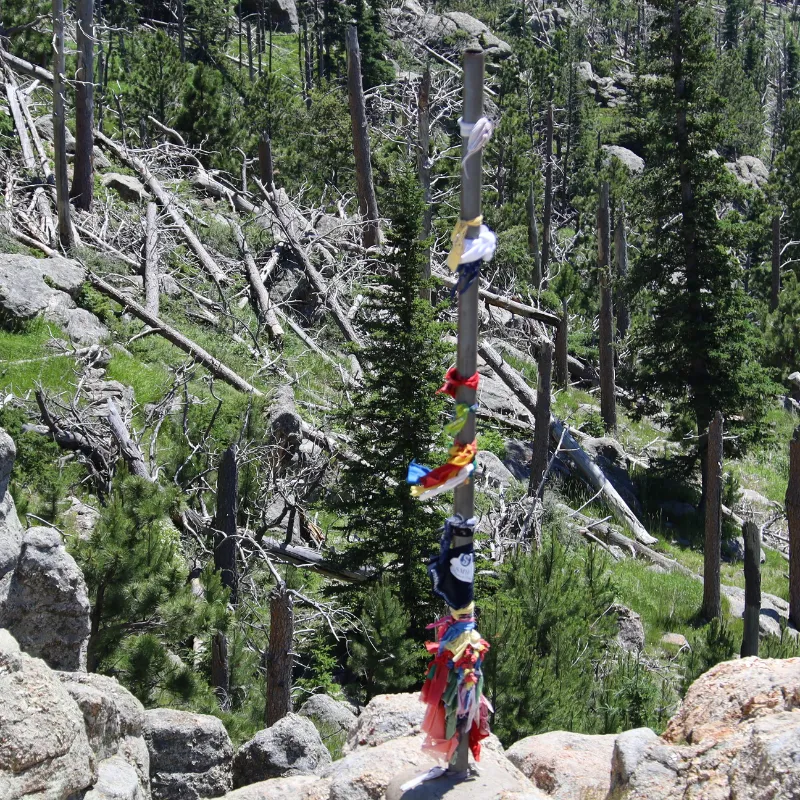
Custer State Park, South Dakota is renowned for its rolling plains and rugged terrain, providing a perfect backdrop for wildlife watching.
The park is one of the largest state parks in the USA, offering a chance to see vast herds of bison along with pronghorns, which roam freely throughout the area.
Famous For:
Custer State Park is a stronghold for North America’s largest mammal, the bison. Visitors can witness these majestic creatures in large numbers, alongside speedy pronghorns, adding to the park’s charm and appeal.
Opportunities for Guided Tours and the Annual Bison Roundup
Guided tours are available, providing a safe and informative way to explore the park and learn about its wildlife.
The highlight of the year is the annual bison roundup, a spectacular event where visitors can watch cowboys and cowgirls herd over 1,300 bison. This event not only manages the bison population but also allows for health checks, making it a critical conservation effort and a thrilling spectacle.
7. Katmai National Park and Preserve, Alaska
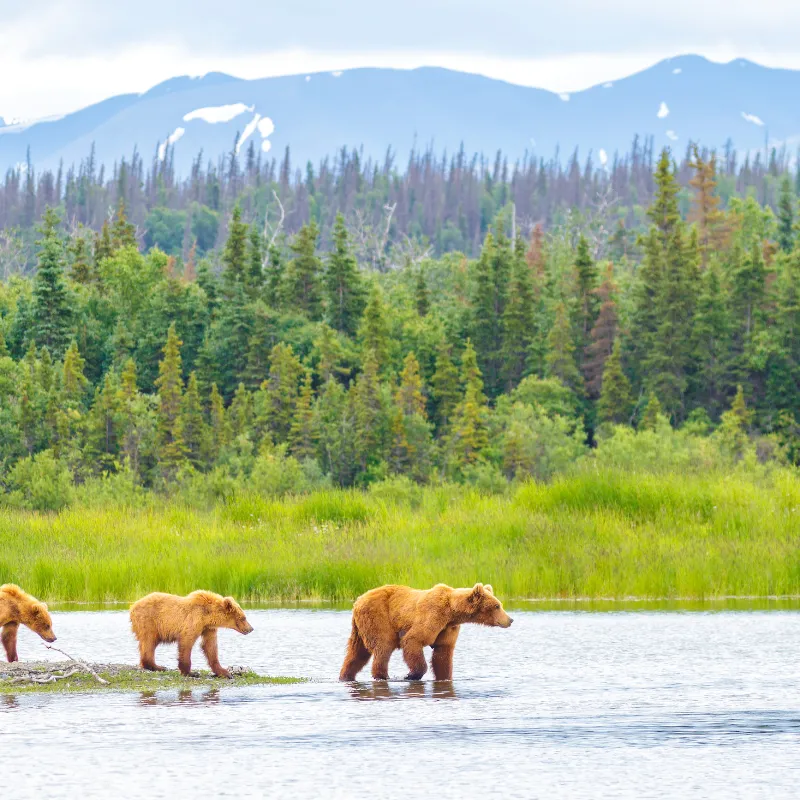
Katmai National Park and Preserve, Alaska spans over 4 million acres and is a remote wilderness area celebrated for its dramatic volcanic landscapes and vast, undeveloped wilderness.
Established in 1918 to protect the area devastated by the 1912 eruption of Novarupta, Katmai is now particularly famous for offering some of the world’s best brown bear watching opportunities. Each year, over 2,200 brown bears gather here, especially during the annual salmon run, making Katmai a premier destination for wildlife enthusiasts.
Famous For:
Katmai is home to thousands of brown bears. The park provides a unique viewing experience as these powerful animals fish for salmon in the rivers and streams.
Watching the Salmon Run and Bear Interactions
The best time to visit Katmai is during the salmon run in July and September, when the rivers are full of migrating salmon.
Visitors can watch as bears skillfully catch their fish at famous spots like Brooks Falls. These interactions are not only fascinating but also provide incredible photo opportunities.
8. Rocky Mountain National Park, Colorado
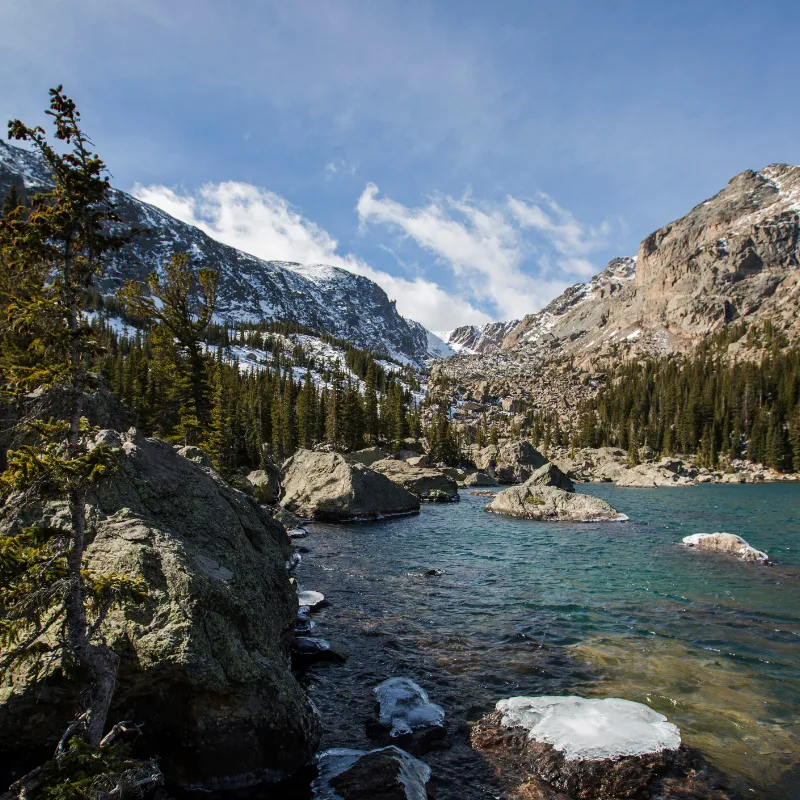
Rocky Mountain National Park, Colorado spans over 265,000 acres and showcases a breathtaking array of mountain environments from lush forests to alpine tundra. Established in 1915, this park is a sanctuary for diverse wildlife and is especially known for its large populations of elk and bighorn sheep.
Annually, the park attracts millions of visitors who come to enjoy its scenic drives, challenging hikes, and the chance to witness wildlife in their natural habitat.
Famous For:
Elk are frequently observed in meadows and forest edges, while bighorn sheep are often seen on the park’s rocky highlands.
Best Seasons and Times of Day for Sightings
The ideal time for elk viewing is during the fall rut in September and October when their mating behavior peaks.
Early morning or late evening offers the best wildlife viewing opportunities. For bighorn sheep, late fall and early winter are optimal, particularly near Sheep Lakes, where they gather for minerals.
9. Shenandoah National Park, Virginia
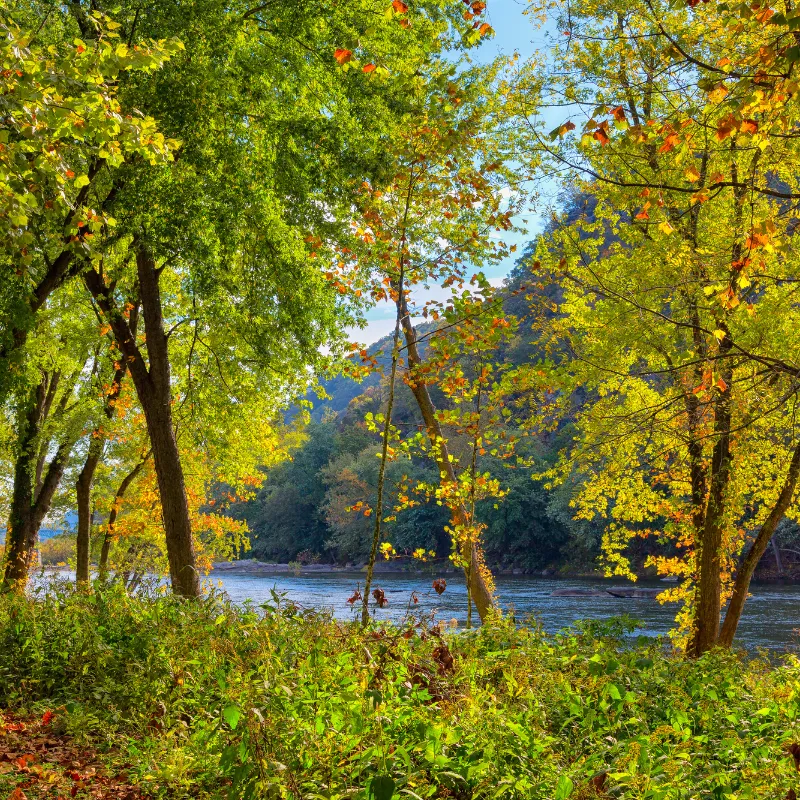
Shenandoah National Park, Virginia stretches over 200,000 acres along the Blue Ridge Mountains and is known for its stunning vistas and vibrant fall foliage.
This park offers a serene escape into nature with over 500 miles of trails and the famous Skyline Drive that provides sweeping views of the Virginia countryside.
Wildlife is abundant here, with black bears and white-tailed deer frequently spotted by visitors.
Famous For:
Shenandoah is home to a significant population of black bears and a thriving community of white-tailed deer, making it a great spot for wildlife observation.
Guide to Skyline Drive and Other Prime Viewing Spots
Skyline Drive runs 105 miles along the crest of the Blue Ridge Mountains and is the best route for wildlife watching in the park. Prime spots for viewing include Big Meadows, which is known for deer, and the higher elevations for black bears.
Early morning and dusk are the best times to drive or hike for sightings, as animals are most active during these cooler parts of the day.
10. Olympic National Park, Washington
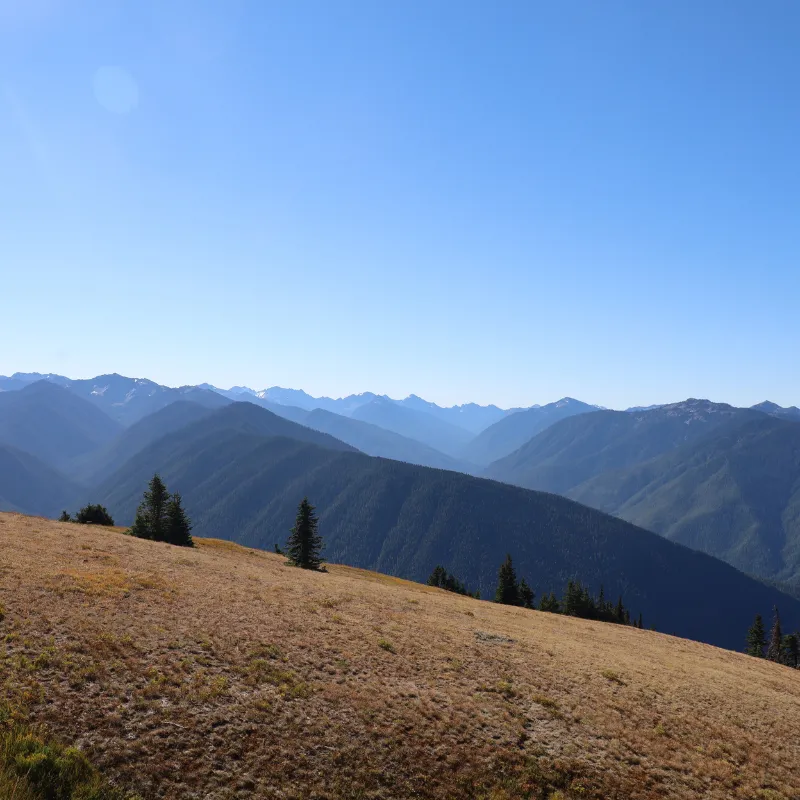
Olympic National Park, Washington encompasses nearly a million acres of diverse ecosystems, ranging from rugged coastlines and dense rainforests to mountain peaks.
This vast landscape offers a sanctuary for various wildlife species, particularly the Roosevelt elk, which are native to the region. The park’s unique environment supports the whole ecosystem that attracts nature lovers and photographers from around the world.
Famous For:
Olympic National Park is a prime habitat for the Roosevelt elk, known for their impressive size and antlers. These elks are often viewed in the park’s rainforests and river valleys.
Exploring Diverse Ecosystems and Wildlife Photography Tips
To fully experience the variety of environments, hike through the Hoh Rain Forest, stroll along the beaches of the Pacific coastline, or explore the alpine areas. For wildlife photography, bring a long lens and practice patience.
Early morning or late afternoon provides the best light for photography and is also when wildlife is most active. Respect the natural habitat by staying on trails and keeping a safe distance from animals.
Final Thoughts
Mammal watching in the USA offers unforgettable experiences, from seeing bears in Yellowstone to bison in Custer State Park. Each national park provides unique opportunities to observe wildlife in their natural habitats.
Remember to respect nature, maintain safe distances, and follow park guidelines to protect these beautiful creatures and their environments.
Whether you are a seasoned wildlife enthusiast or a curious traveler, these destinations promise remarkable encounters and lasting memories.
Plan your trip, pack your binoculars, and enjoy the incredible diversity of mammals the USA has to offer.
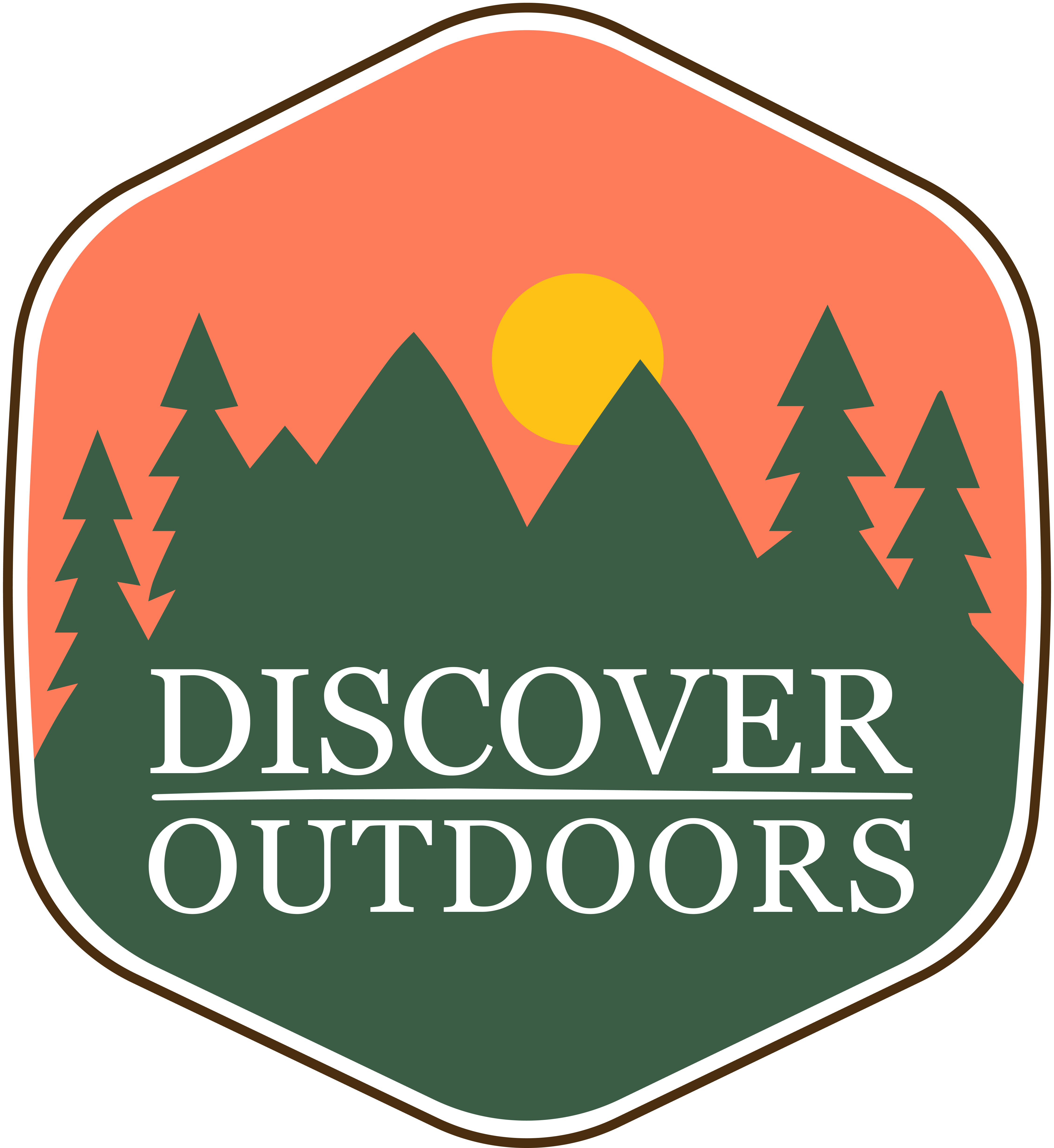
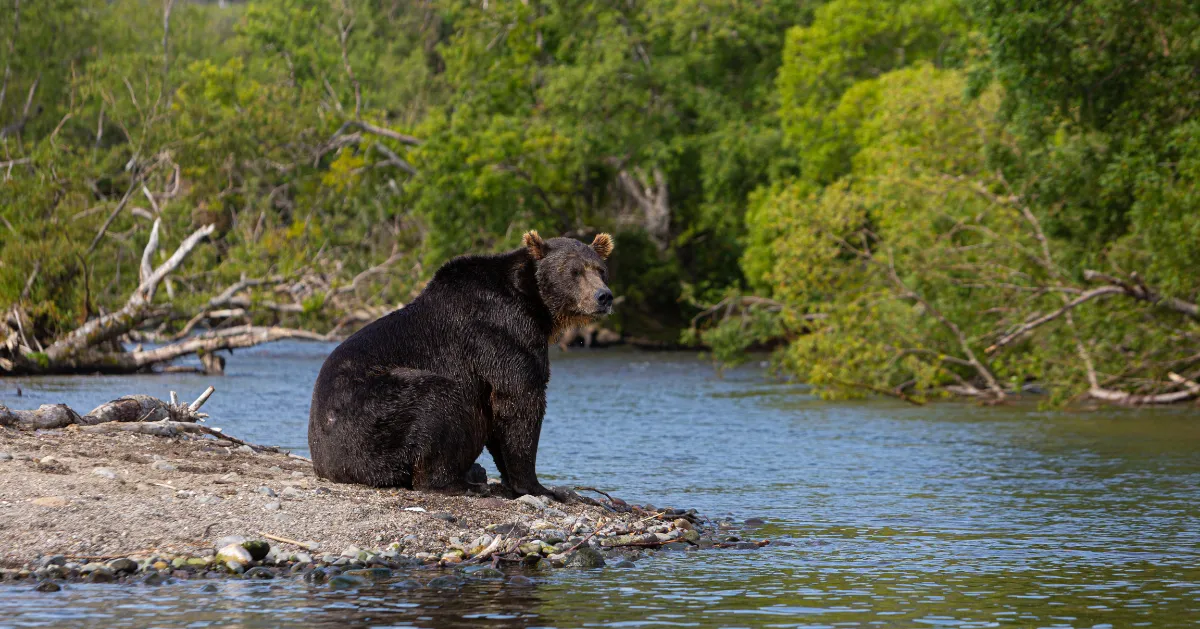
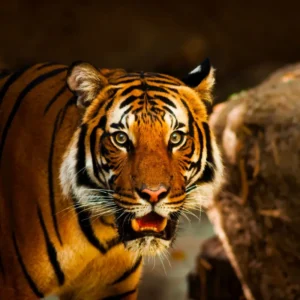
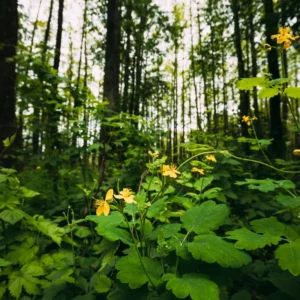
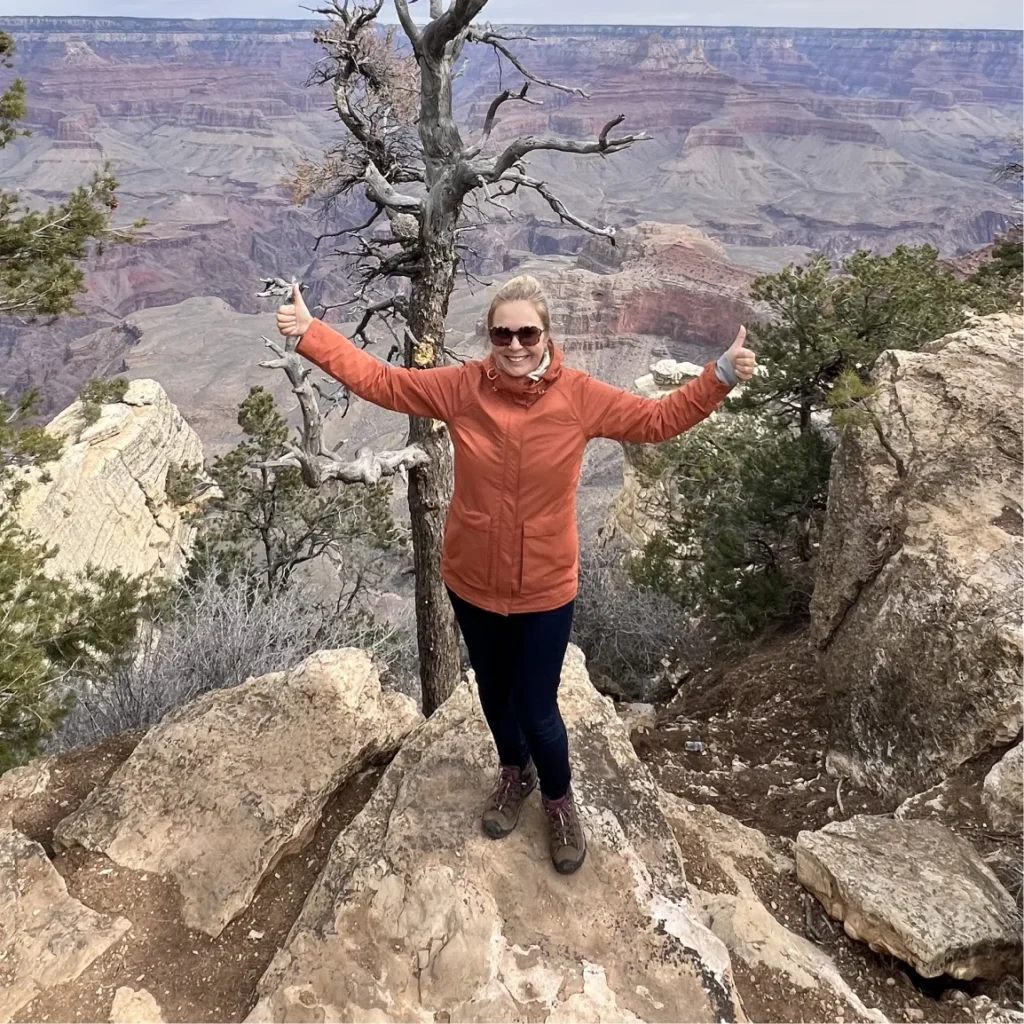
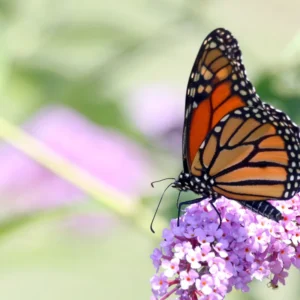


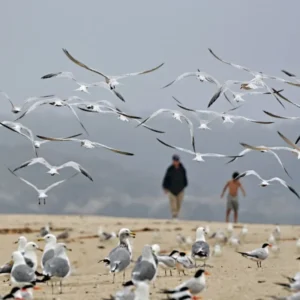
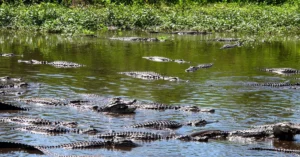
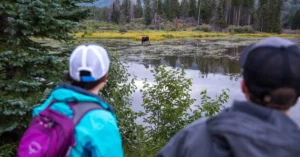
8 thoughts on “10 Premier Mammal Watching Destinations Across The USA”
So thrilled to see Yosemite National Park on this list! There’s nothing like witnessing the majestic beauty of Half Dome at sunrise. It’s like nature’s own masterpiece. Yosemite has always been a place of inspiration for me, and I’m glad it’s getting the recognition it deserves. Great write-up, Julia!
Absolutely agree about Yosemite! Did you have any favorite trails? I’m always looking for new ones to tackle.
Mist Trail is my go-to! But for something less crowded, I highly recommend the Pohono Trail. Stunning views and less foot traffic.